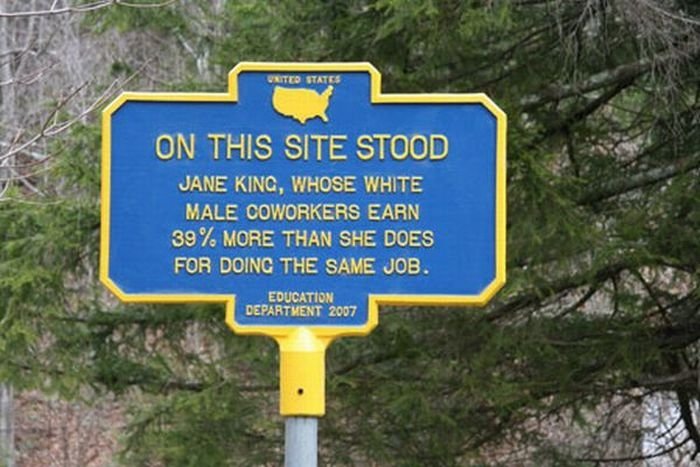|
|
I-75 Project By Norm Magnusson
|
History
This limited access highway that was planned in the 1950s roughly follows the general route of many older at-grade highways, including U.S. Route 2, U.S. Route 27, U.S. Route 25, and U.S. Route 41, among others. Some of these older U.S. Routes (several of which are still in existence) previously had replaced the eastern route of the old Dixie Highway.
Interstate 75 was intended to end at Tampa in the original interstate highway plans. However, vast population growth in southwestern Florida (e.g. Ft. Myers, Naples, etc.) and a desire to link the Tampa Bay Area with South Florida, called for a new expressway artery. At first, Florida state legislators proposed a toll in the corridor, but by 1968, it was cancelled in favor of the extension of I-75 southwards. Next, it was decided to link I-75 from Naples to South Florida with an upgraded version of an existing private toll road, the Alligator Alley, and then connect it with Interstate 95 in North Miami, although due to local opposition, I-75 ends a few miles short of I-95.
On December 21, 1977, I-75 was complete from Tampa to Sault Ste. Marie with a segment opening north of Marietta, Georgia. The final stretch of Interstate 75 was completed in 1986 in Dade (present Miami-Dade) and Broward Counties in Florida, but the last stretch to receive the I-75 signage was a reconstructed (rebuilt with more lanes) Alligator Alley on November 25, 1992.
|
|









